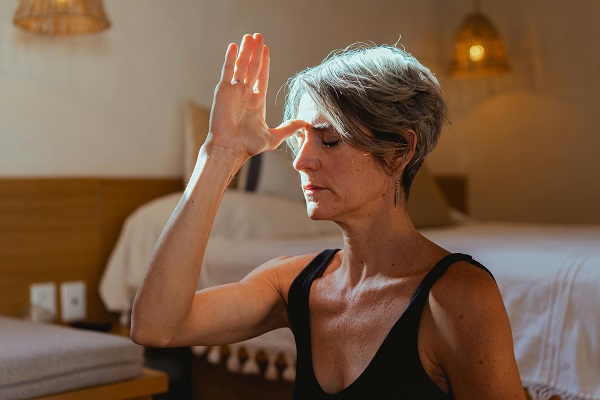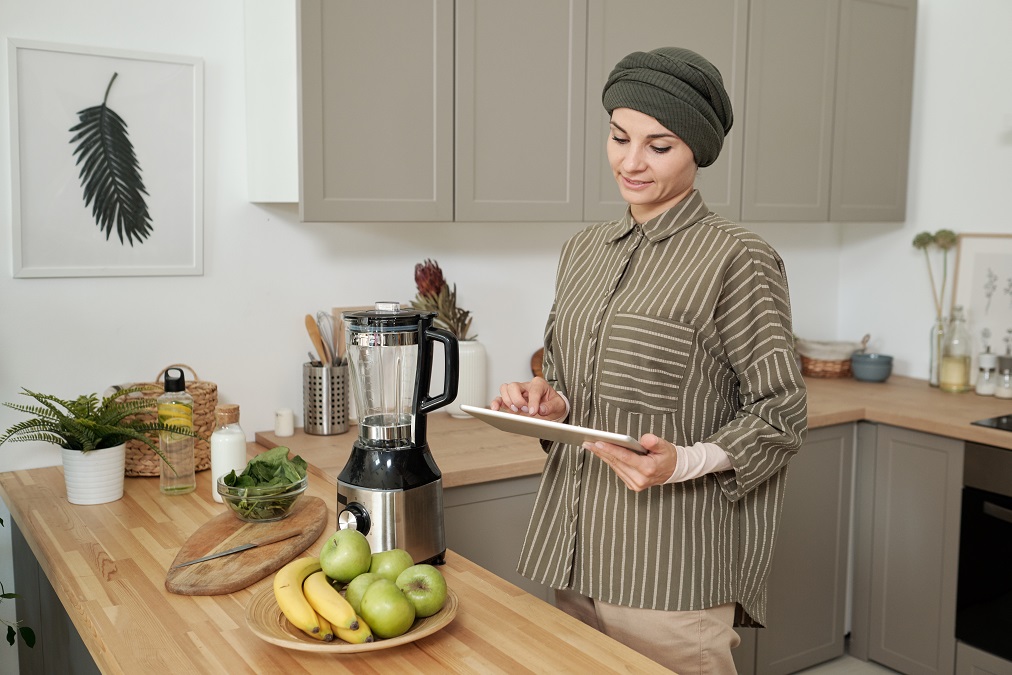I wish I had been prepared for the impact of what was going to happen in my life from chronic illness being newly diagnosed. Realistically. I had a firm belief back then that I could limit the impact by choosing a specific job and as long as I was engaged mentally, it didn’t matter if I was hindered physically. I didn’t think of the radius pain has. It never occurred it would get worse, complex and the impact would affect all of me and all of my life. If I wish for one thing I could have known that the first day of diagnosis… is the impact it was going to have.
Click Here to Visit the Store and find Much More….
Here are things I would have wanted to know about newly diagnosed
1. Your social life will change:
You will go out less often. You will lose friends. Have fewer friends and likely gain a lot of online friends. There are vibrant online communities for the chronically ill. We reach out to them to feel less isolated and to calm any fears we have about our illness. To share our concerns, fears, and coping. However, in the real world, we may not have much energy reserves to go out and do activities often. We may cancel plans when we feel worse than we expected to. Some people will drift away because of this. Those that remain tend to be the best influences on us for support.
2. The ‘cure talk:
People will suggest remedies, cures, treatments, diets, and medications they heard on the news, online, on Facebook, or from their Uncle Frank who swears by it. You will tire of it. Maybe you will even try some of the recommendations like that chiropractor of your work associate or the acupuncturist your hairdresser mentioned. You are new to this chronic illness game and there are so many things to try. But when you have, the recommendations? Will get tiresome. Even though you also know they all come from a good place. When it comes from a good place it is hard to say anything about it, even when it is the 10th meme you have seen on the same thing, that year anyway. People just want to help. They see something that maybe you have not and they send it to you, well intentions. Nevertheless, you will see a lot.
3. Lifestyle:
People will comment on your lifestyle and the changes you should make to it because it might help with your health. Exercise is mentioned often by people and doctors. As is losing weight. And dieting, often contrary diets as well. While You, on the other hand, will actually be trying a whole lot of changes from exercise to mediation, to chiropractors and physio. One thing I learned early on was there was little help with a treatment plan. I had to go out there and try to find things that might help me myself. All of these are essentially out of pocket, with a minor amount sometimes covered.
4. Treatment:
In the beginning, you will likely believe medications will do something profound and help a great deal. When this belief is broken you will learn medications are a long process of trial and error. Of weighing the side effects with the benefits. Finding the right medications is the first aspect of treatment, however, but they do not help to the degree you once believed they would.
5. Research:
Right from the get-go, you will believe your doctor. His recommendations and medications. Soon though you will begin to pick things up, do some research and join some support groups. You’ll begin to gain some knowledge about your disease and options. A couple of years into the chronic illness lifestyle and you will know more than your doctor about your specific disease. It just happens. As an informed patient you will be able to know if the treatment you are getting is sufficient or if there are better options.
Click Here to Visit the Store and find Much More….
6. Work will suffer
: It becomes more difficult to find a job. And a struggle to figure out what and when to disclose your illness. It can be difficult to maintain full-time work. We often struggle with it and have to seek some sort of accommodation; flex work, working from home, fewer hours, part-time. Work accommodations for our workspace. Trust me this is a challenging one to figure out and adjust to.
7. Stigma:
With invisible disabilities, you will encounter people who will doubt you. They won’t believe you are as sick as you claim. Or that you even are. They will claim you are fine one day, sick another and it makes no sense. Or that you are complaining, lazy, or just depressed (making you less likely to discuss comorbid depression). You can have a stigma in the workplace. In the medical field, where they minimize your pain due to gender or age. In your family. In a society as a whole.
8. Relationships:
relationships will be strained and stressed with this extra stressor. Not all partners can handle the extra stresses of a partner who is chronically ill. Some survive but they have to communicate about the stresses to deal with them. The partner feels more stress as well. Our illness affects those around us. And we have to acknowledge the impact and support we get. While other people, who are single, sometimes fear getting into a relationship as they feel they would ‘ruin’ someone’s life and they fear disclosing their health. Never giving the person their choice of who to care for.
9. Pacing:
the faster you learn you need to pace your activities during the day and week the happier you will be. We learn we do too much and we feel much worse, then have to recover. So we learn we have to pace.
10. Limitations:
Likewise, we have to learn our limitations. Jobs we cannot work (Shift work or repetitive lifting, heavy lifting). Things we cannot do (cleaning the house in one day). And recognize in a day when we hit a limit, knowing when to stop. Knowing on some days due to pain or fatigue our limit is less than on other days.
Yet that is all part of the process. The friends we have are the ones a person wants on their side. A spouse that stays is one that understands illness comes to us all. We figure out a work one way or the other, something that works for us in our situations. We adapt and we change. Life changes but we cope to adjust to those changes. But it can take the newly diagnosed a bit to adapt.

Click Here to Visit the Store and find Much More….
For More Information Related to Fibromyalgia Visit below sites:
References:
Fibromyalgia Contact Us Directly
Click here to Contact us Directly on Inbox
Official Fibromyalgia Blogs
Click here to Get the latest Chronic illness Updates
Fibromyalgia Stores





